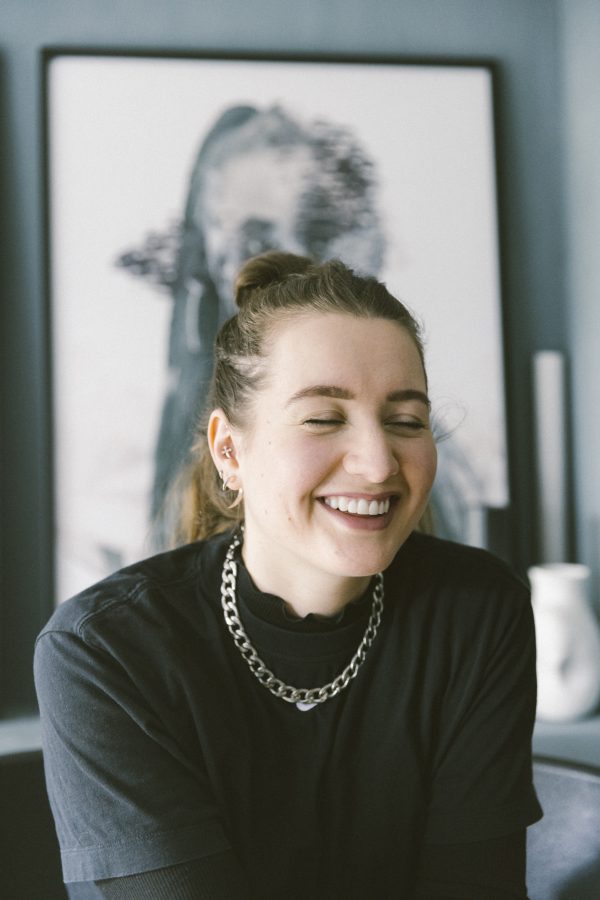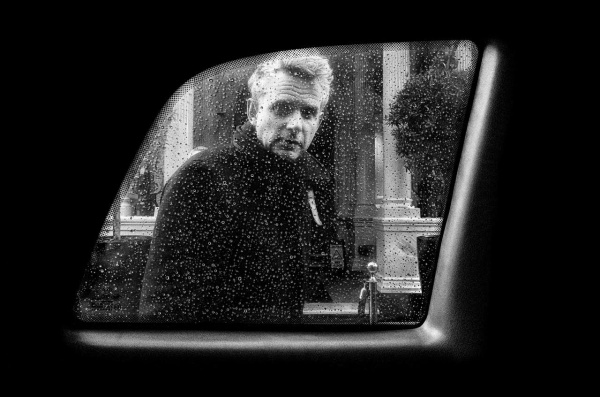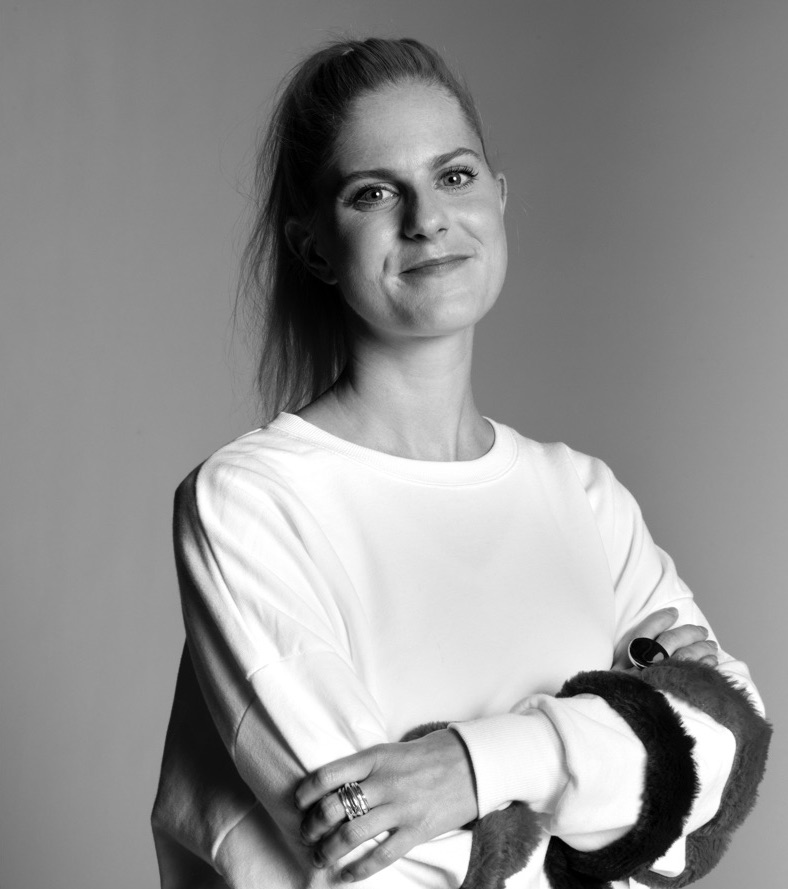Read Time 7 minutes
Historical Heroines: Peggy Guggenheim’s creative legacy

When the co-founder of Darklight Mimi Gray first suggested I contribute in some way to the platform, I immediately began to examine what art means for me and my mental health, or more specifically how I harness art and creativity to make myself feel great. There’s going to galleries, usually a shortcut to happiness [although having to contend with hoards of people doing the same thing can be an unwanted antidote to joy], discovering new and exciting talent online, or attempting to use my own hands to create something – think a well put together outfit or a pleasingly curated tablescape as opposed to a magnificent fresco. These are tried and tested methods. But chief among them is an ongoing, never to be completed research project into the past which has no purpose other than it makes me extremely fucking happy. I am its sole beneficiary. What it boils down to is actually really simple: my creative heroines and heroes from art history keep me sustained.
Mine and Mimi’s friendship is founded on a shared passion for art, in particular a dark, often surrealist aesthetic. We found each other on Instagram, kindred spirits with matching digital mood boards and an inclination for the gothic, and while Mimi is superior in her expertise on the subject of art I think we’re both lucky to find solace and comfort in imagery. As Mimi often says: ‘You are what you see’. It’s with this thought in mind that I take care to curate the pictures I see before my eyes, and never is this more important than in times when real life––the present––feels just too hard to face.
For all the industry’s problems with exclusivity and inequality, art itself is a great connector. We can bond over imagery just as well as we can bond over drinks – better even, as it speaks to a deep, personal thing: taste. You don’t have to know anything else in order to like a picture, you just know that you do. I suppose it’s for this reason that Mimi herself is a creative woman whose visual world I gravitate toward.
creative heroine
creative heroine
But back to those historical heroines. A person whose life and work I turn to again and again when I need a hit of inspiration is Peggy Guggenheim––to the extent where my friends might roll their eyes when I bring her up again––the American heiress who used her good fortune and exemplary taste to support artists on an international scale, and to build one of the most important collections of art in existence.
Peggy was not a maker, and for me [as someone who try as they might is categorically NOT a maker either] her legacy in the pantheons of art history is all the more special for that fact. She was a patron of the avant-garde, a champion of all things modern. When she first moved to Venice, where her world famous collection remains as a pilgrimage for twentieth century art nerds, she immediately enquired as to where she might go to meet some modern artists. She herself sought stimulation through creativity, and she challenged convention in the way she did it.

Aside from the works of artists associated with Peggy––Pollock, Ernst, Tanguay and more––and an archive of fabulously whimsical photographic portraits, her legacy for me isn’t image based as such. There’s not just a single picture that I can look at and feel restored, a painting to make me feel whole again. It’s more of an abstract than that; I must close my eyes and step figuratively into her world.
Peggy Guggenheim’s life was one marked by unimaginable sadness: her father to whom she was very close was famously drowned in his coat and tails when the Titanic sunk. There was a scandalous tragedy––one that goes unmentioned in her autobiography Out of This Century: Confessions of an Art Addict––involving her sister Hazel’s two children either falling or being pushed off a 13 story building in New York. The great love of her life John Holms never woke up from the anaesthesia after a very minor wrist operation. Her beloved daughter Pegeen Vail overdosed and died.
And yet all this tragedy was tempered by a life filled with joy and adventure – in part due to the times she lived in and in part the consequence of an insatiable thirst for experience. After an intensely bourgeois upbringing in Edwardian high society New York, Peggy forged a path of her own and headed for Paris, then the epicentre of the creative world, playground of the Lost Generation, the Dadaists, the Surrealists. Peggy was an uninhibited woman with a great list of over 1000 lovers and scores of interesting friends, including Natalie Barney, Djuna Barnes and Marcel Duchamp. When she discovered a talent she poured her heart and cash into supporting them, allowing them to create freely without the worry of poverty. We owe Jackson Pollock to Peggy Guggenheim. She even married Max Ernst in part to get the so called ‘degenerate’ artist out of Nazi occupied Europe and into the United States [where he quickly left her for Dorothea Tanning].
At her New York gallery Art of This Century––surely as unusual a space as anything we can imagine in the white cube gallery world of today––she hosted two shows exclusively for women artists, in 1943 and 1945, not really the done thing and not without its difficulties. I don’t think Peggy Guggenheim would have described herself as a feminist by the standards with which we define the concept today. Her cause was art, her approach was radical, and it was her privilege as a woman of immense wealth that she was able to get her seat at the table. But I love the fact that she brought other women along for the ride. She kept the door open behind her.
When I’m in desperate need of spiritual succour and a swift kick of motivation it’s history’s unconventional women to whom I turn. Peggy Guggenheim has it all. She made her own rules, she harnessed every advantage she had and helped other people on the way – and art was her vehicle. She was no art scholar but she listened to the right people and her own instinct, and her superb taste was her guide. She embodies my belief in art as a connector and she shifted and shaped the visual landscape of the twentieth century without ever touching paintbrush to canvas herself. She made life an art.
If you too believe that you are what you see, then close your eyes for just a moment and imagine you are Peggy Guggenheim, in her Venice palazzo with its marble floors and Alexander Calder designed headboard in the bedroom, the Grand Canal sparkling to one side and the most significant collection of twentieth century art to the other; a collection you yourself had curated using sheer tenacity, strength of character and a dogged pursuit of beauty and hunger for life [and yes, a significant inherited fortune too]. Allow yourself to be invigorated.
END
subscribe for the latest artist interviews,
historical heronies, or images that made me.
what are you in the mood for?












